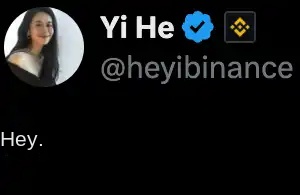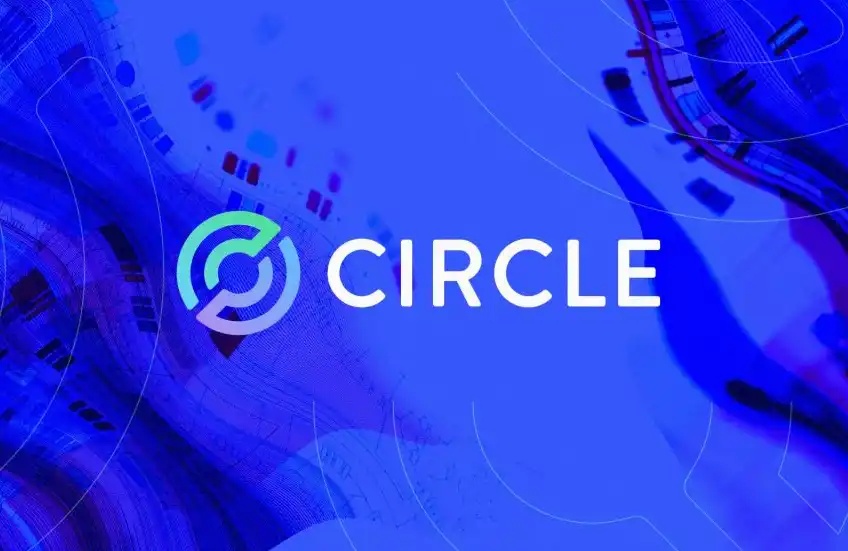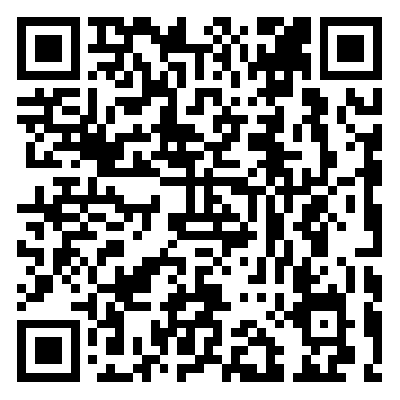How did the founders of Loot view Loot?
原文标题:《Loot发起人Dom的心声,未来通往游戏之路》
By Casey Newton
Deep tide TechFlow
Today we're going to talk about Vine co-founder Dom Hofmann's latest project Loot, how he went from web2 entrepreneur to this point, and what's Loot's future path to gaming?

The Road to Loot;
I wrote about NFT back in March and listed some impressive sales figures at the time: $600,000 for the Nyan Cat Meme, $5.8 million for Grimes art, and $230 million for the NBA Top Shot.
What has happened since then has gone far beyond those numbers. On Thursday, the original owner of doge Meme's related NFT bought the work in June for $4 million, then sold part of the ownership through tokens, which were snapped up by numerous buyers and are now worth $225 million individually.
Although NFT has disappeared from mainstream media headlines, the number of people creating, acquiring, and trading NFT continues to grow. This brings us to Dom Hofmann.
Dom Hofmann is best known as the co-founder of Vine. Vine helps people view short videos on mobile devices, and in the process has become an incredible cultural engine for Meme.
Then Dom Hofmann created Peach, a pop-up social network. Peach had a brief moment in the spotlight, but it's still popular with users. Although Vine has long since been sold, he is working on restoring it to an app called Byte.
As the world of cryptocurrencies has evolved over the past decade, Dom Hofmann, like many software engineers, has kept an eye on the space, occasionally buying tokens to better understand how they work.
In the past decade, there has been a lot of focus on blockchain native projects, but now developers are building applications on Ethereum, Dom Hofmann being one of them.
He has been teaching himself Solidity, the Ethereum smart contract language, since December, selling one of his works of art as NFT and enjoying the process. During the creative process, he became increasingly interested in using NFT to stimulate decentralized creative projects.
In March, he created Blitmap, which he describes as a "community-created fantasy universe" that eventually became a kind of blueprint for Loot.
Dom Hofmann worked with 16 artists to create 100 32-by-32-pixel images that combined science fiction and fantasy elements, then "remixed" the images into 1,600 "siblings".

The idea is to use Blitmaps as the basis for a blockchain-based version of the Marvel Cinematic Universe, and then turn people into goods, games, and the project has had some success, with the cheapest Blitmap now costing around $98,000.
More importantly, it lays the foundation for future development.
Loot birth & have spent
Another recent sideline for Dom Hofmann has been building a text-based adventure game called Loot. As part of the development process, he wrote a random item generator: a piece of software that could return the names of various weapons, armor, and accessories.
Since Blitmap's launch, Dom Hofmann has been thinking about new ways to promote blockchain-based art creation and foster community.
He has an idea for people to create NFT for free based on his random project generator. "A lot of people have always wanted a world happened in fantasy or science fiction world game", he told reporters, "they hope it can be compatible with other areas. They want to on the basis of the construction. They are eager to own items will always be with them. (I) the construction is carried out in this direction. This is an experiment."
He announced Loot's birth in a tweet last Friday night.

Dom Hofmann's offer of 7,777 bags quickly sold out.
Loot was resold within five days for $46 million, giving it a market cap of $180 million, according to Coindesk. On Wednesday, the cheapest Loot bags sold for about $20,000. They now cost more than $46,000.
So far, this seems to be like any other NFT story -- strange works of art are released and prices are rising rapidly, but what's different about Loot is that the number and variety of projects surrounding it is increasing at an alarming rate.
First, of course, people started drawing Loot bags, some by hand, some with ai-generated pixel art.
Then they started creating guilds based on what was in the bag. The owners of (Divine) Robes (only 396 in the Loot) have set up their own community and a shop to buy them (the cheapest is $169,142).
They then use smart contracts to let people sell individual items from their Loot packs, "upgrading your adventurers," as the creators themselves put it.
I feel the need to point out that there are no adventurers, there are no games, there are only objects and pictures of objects, and tens of millions of participants who bet that somehow this will turn into more objects.
As one tweet put it, "Loot is NFT improv."
The question now is whether Loot will somehow evolve backwards from a set of objects in a game into an actual, playable game. If so, who will develop it? And how to develop it? So far, virtually no one knows the answers to these questions.
Dom Hofmann said, "Obviously, participation is high, it remains to be seen, but it's definitely a possibility, and I think it would be really cool."
One of the things he's interested in seeing is whether Loot projects can span different games built by different people, a concept that is key to this year's meta-universe.
A key aspect of achieving this goal is making Loot more accessible, and most people don't want to spend thousands of dollars to participate. On Wednesday, Dom Hofmann announced "Synthetic Loot" -- essentially a knockoff Loot package available to anyone with a free Ethereum wallet.
"Creators built on Loot can choose to recognize synthetized Loot as a way to allow a wider range of adventurers to participate in the ecosystem, while still easily distinguishing 'original ʼLoot from synthetized Loot,'" he tweeted.
Games of the Future
So what's next?
Dom Hofmann says he has no plans to devote himself to Loot work. Due to the decentralized nature of the project, he's not sure he could have guided the community even if he really wanted to (he's still the largest shareholder in the project, as he still has hundreds of bags unreleased for casting NFT). "I'm not leading the program, just providing guidance when needed," he said.
Most of the time, he says, he just wants to see what the community does next.
I have a question about whether you can build huge fictional worlds this way. Right now, the NFT market is full of speculators looking to make a quick profit with their acquisitions. On cryptocurrency forums, you can see more of the wave of enthusiasm that has fueled meme's stock enthusiasm this year.
How much will these people ultimately be willing to contribute to building a world?
But it's also true that many people are deeply involved in fictional worlds without owning the underlying intellectual property.
"At the end of the day, these are just items on a list," says Dom Hofmann. "It's just how people see it and how they value it. And value doesn't have to be a dollar amount, it can be many things."
Of course, it could hit rock bottom. A thriving Loot market becomes unsustainable. Perhaps in the long run, owning these artificially scarce items won't be as attractive to collectors as it once was.
But this has always been the bear case for blockchain: enthusiasm for it will eventually fade, and everyone will lose money. I've never been this bearish myself, but I understand that for the average person, it's still unclear what people need blockchain for.
What stops me from thinking crypto is a bear market is that every year I get to know more and more smart people who are developing blockchains. You bet against ethereum, and every month the number of people who disagree with you grows. Now, I don't think the odds are good, and they've been falling.
With the Loot project, we can start to see something new coming to the fore: an open source... Something with potentially broad appeal.
Kyle Russell, the founder of the game company, outlined a vision on his blog of a successor to the Marvel Cinematic Universe in projects like Loot.
Assuming the project's founders follow the Loot trend, all of this will be "intellectual property" that can be reused and remixed by anyone. It may sound crazy, but the point of having it is not that, but to control how it is used, right?
This is the Disney situation.
In the world of a project like Loot, you want to reinforce the value of the NFT that you have, and that value reflects the reputation and reputation of the NFT.
As the old saying goes, "All media is good media" and "all covers are good covers", being quoted is still culturally relevant.
So, if you have an NFT that describes Arachnid Person, contribute to the context of the item so that as many people as possible want to include Arachnid Person in their work, Arachnid Person # 1 becomes something worth owning.
Meanwhile, for the thousands who have managed to get Loot, it has been life-changing. Jackson Dame, content and community manager for Rainbow, a cryptocurrency wallet, told reporters that he only started paying attention to cryptocurrencies eight months ago.
Jackson Dame, 28, follows Dom Hofmann's work closely. He liked Blitmap and was able to get some Loot Bags from the original release.
"He's doing something very different than most NFT projects, with a lot of creative depth, so I sense it has more lasting potential," said Jackson Dame.
Jackson Dame got two robes, among other things, and sold part of his collection for six figures after prices soared, using the proceeds to pay off personal debts and arrange for his family's retirement.
As for Dom Hofmann, he continues to work on several projects. Blitmap will be released soon, he said. He's also working on Supdrive, an effort to build a fantasy gaming machine on a blockchain. In the meantime, he says he will "work at Loot as another builder, looking for new ways to iterate and expand Loot."
What he did was not raise a bunch of venture capital and do a traditional startup.
"The company is difficult and I'm enjoying the respite," he says.
The original link
Welcome to join the official BlockBeats community:
Telegram Subscription Group: https://t.me/theblockbeats
Telegram Discussion Group: https://t.me/BlockBeats_App
Official Twitter Account: https://twitter.com/BlockBeatsAsia
 Forum
Forum OPRR
OPRR Finance
Finance
 Specials
Specials
 On-chain Eco
On-chain Eco
 Entry
Entry
 Podcasts
Podcasts
 Data
Data

 Summarized by AI
Summarized by AI






